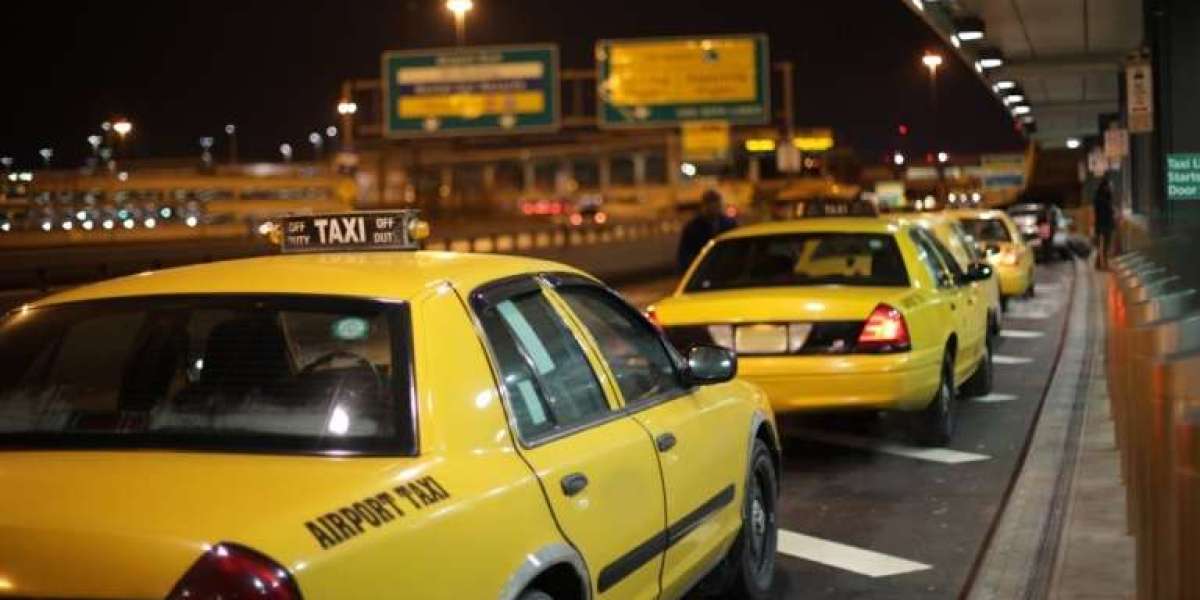From bustling city streets to quiet suburban corners, the sight of a taxi or cab is a common one, symbolizing convenience and accessibility in transportation. But what exactly defines these vehicles, and what's the difference between a "taxi" and a "cab"? While often used interchangeably, delving into their nuances reveals a rich history and evolving landscape of on-demand personal transport. Explore more What is a Taxi And Cab
The Essence of a Taxi: Your Personal Chauffeur, On Demand
At its core, a taxi is a vehicle for hire with a driver, used by a single passenger or small group of passengers, often for a non-shared ride. The term "taxi" is a shortened form of "taximeter cabriolet," highlighting its origins. The "taximeter" refers to the device that calculates the fare based on distance and time, a revolutionary invention that brought transparency and fairness to pricing. The "cabriolet" part points to the early horse-drawn carriages that were the predecessors of modern taxis, often light, two-wheeled vehicles with a folding hood.
The primary function of a taxi is to provide door-to-door transportation. Passengers can hail them on the street, find them at designated taxi stands, or book them through phone calls or mobile applications. They offer a flexible and often faster alternative to public transportation, especially for direct routes, late-night travel, or when carrying luggage. Taxis are typically regulated by local authorities, which often dictate fare structures, vehicle maintenance standards, and driver licensing requirements to ensure safety and reliability. This regulation helps to distinguish legitimate taxi services from informal, unregulated alternatives.
Cab, Hackney, or Minibus? A Global Lexicon of Carriages
While "taxi" is widely understood, "cab" is often used as a direct synonym, particularly in North America. The term "cab" itself is also a shortened form of "cabriolet." In many parts of the world, "cab" and "taxi" are interchangeable, referring to the same service. However, the terminology can vary significantly depending on geographical location and local traditions.
For instance, in London, the iconic "black cab" or "hackney carriage" holds a special place. "Hackney carriage" is another historical term for a public horse-drawn vehicle for hire, which evolved into the motorized taxis we see today. The rigorous "Knowledge of London" test that black cab drivers must pass is legendary, ensuring they have an encyclopedic understanding of the city's streets and landmarks.
Beyond "taxi" and "cab," other terms exist to describe similar services. "Minicabs" in the UK, for example, are private hire vehicles that must be pre-booked and cannot be hailed on the street. They often operate from a base and offer competitive fares, although their regulations differ from those of hackney carriages. In some regions, "jitney" refers to a shared-ride taxi that operates on a fixed route, picking up and dropping off multiple passengers along the way, blurring the lines between a taxi and a small bus. "Rickshaws," whether cycle-powered or auto-rickshaws, serve a similar purpose in many Asian countries, offering short-distance private transport, albeit with a different vehicle type.
The Evolution of the Ride: From Horse-Drawn to Ride-Sharing
The concept of a hired carriage dates back centuries, with horse-drawn hackney coaches appearing in London as early as the 17th century. The invention of the taximeter in the late 19th century revolutionized the industry, making fares more transparent and standardizing the service. The early 20th century saw the widespread adoption of motorized taxis, gradually replacing their equine predecessors.
The 21st century has brought about another seismic shift with the advent of ride-sharing platforms like Uber and Lyft. While not strictly "taxis" in the traditional sense due to their differing regulatory frameworks and operational models (often utilizing private vehicles and a peer to peer system), they effectively provide an on-demand private transportation service that directly competes with and influences the traditional taxi industry. These platforms have introduced dynamic pricing, GPS-based navigation, and cashless payments, pushing traditional taxi services to innovate and adapt. Many traditional taxi companies have now launched their own apps, integrating similar features to remain competitive.
Conclusion: A Constantly Moving Target
In essence, a taxi or cab is a dedicated vehicle and driver providing on demand, point to point transportation for individuals or small groups. While the names and specific regulations may vary across the globe, the fundamental service remains the same: offering a convenient and personalized way to navigate our increasingly complex urban environments. From their horse-drawn origins to the sophisticated ride-sharing algorithms of today, taxis and cabs continue to evolve, remaining an indispensable part of the modern transportation ecosystem, adapting to new technologies and changing consumer demands while retaining their core purpose of getting you where you need to go. Visit the official website of ashcabsdunfermline.co.uk



